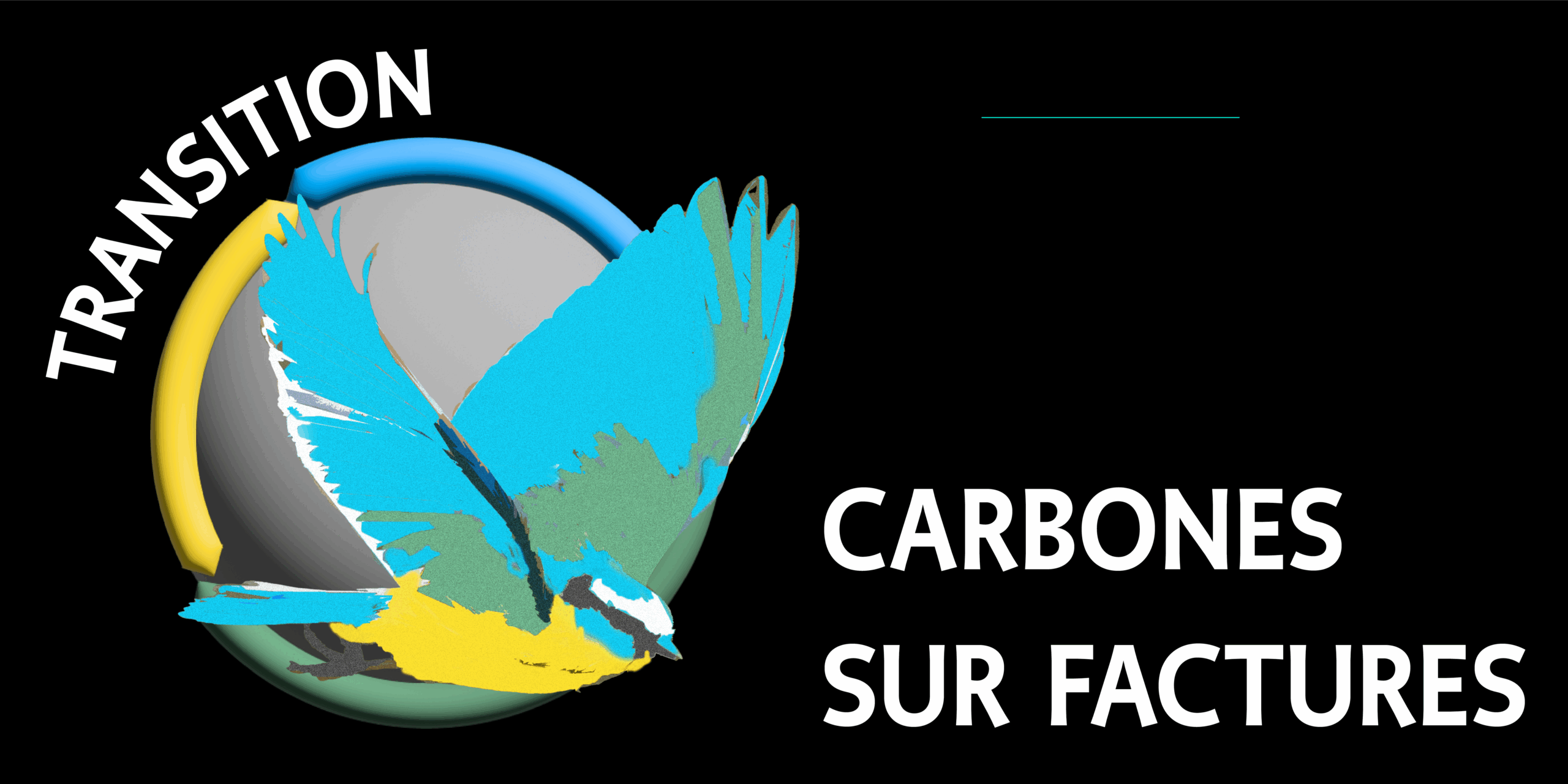The start-up
Project objective: To have complete carbon footprints on invoices as soon as possible
Page continuously enriched by discussions between subscribers
The scenario for implementing carbons on invoices must avoid a blockage at the start (if everyone waits for their suppliers’ invoices to fill in their own) by quickly equipping each invoice with a fingerprint. It should also avoid a slow ramp-up (which would discourage the use of the information) by making a « rolling » start with a maximum number of imprints.
The simple circulation of invoices only ensures accurate carbon footprints (in the sense of scope 3 upstream) if the bulk of the invoices are equipped with the carbon footprint and the carbons have had time to travel down the production and distribution chains to the end customer.
The approach envisaged is to match the roll-out of e-invoicing, which will equip all VAT invoicing businesses by 1 January 2026. As of 1 January 2026, all French businesses liable for VAT will have electronic invoices: they will accept electronic invoices from suppliers, send electronic invoices to their customers, and these invoices will have to provide for the recording of the imprint (see Software adaptation). One advantage is that they can benefit from all the communication, training, and testing procedures of this roll-out and also from all the interfaces that have been built, at no cost.
This amounts to a generalisation of the transmission of the fingerprint on invoices in line with this timetable, and to leaving out small self-employed persons (unless they volunteer?).
The display obligation initially concerns only trade between companies, delaying the display to individuals by a year or two, to make sure that the prints are complete: partial prints are of no use for comparing offers.
It is in the interest of all voluntary companies to anticipate the generalisation, if this allows for a more rapid deployment. This can be done in several ways,
-
- Preparing the amounts to be entered
This can be done before the digital transmission instruments are available. This concerns primary carbons, to be assessed by their producers, which many already do (see Primary carbon producers); electricity (see Electricity carbons); imports (see The customs carbon scale).
-
- Temporary support from willing large companies
In the steady state, large companies will build their footprint from the footprints of their suppliers. But some have already calculated an upstream scope 3 of their products. It may be effective to imagine a partnership during a short start-up period in which they replace what they receive from their supplier with their footprint calculated as at present, in order to accelerate the ramp-up. Especially for companies with a large volume of invoices to other companies.
-
- Small business buy-in
To be smooth, the launch should not impose any particular effort on small businesses. It involves building an agreement between accountants and the government so that the adjustment of the accountant’s role for these businesses is supported by the government (see Laws and Regulations).
-
- Adapting accounting records during the start-up period
Accountants and companies should consider transitional rules to speed up the inclusion of carbon in invoices: rules for valuing stocks, capital goods already on the balance sheet, etc. (see The accounting framework)
Footprint measurement : Start, Software, Primary carbon producers, Electricity, Customs scale,
Climate contributions to Transition : Company contribution, Finance contribution, Individual contribution,
Framework : Accounting framework, Carbon disclosure, Laws and regulations
